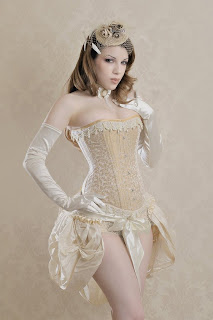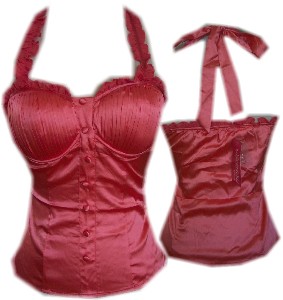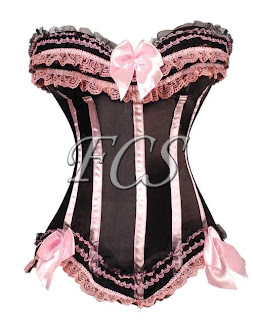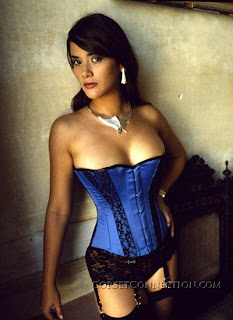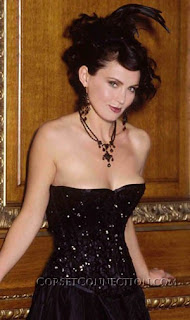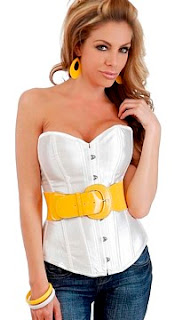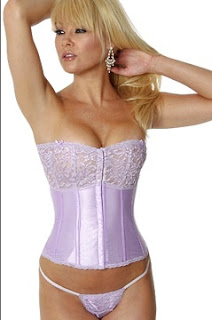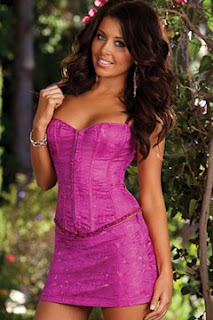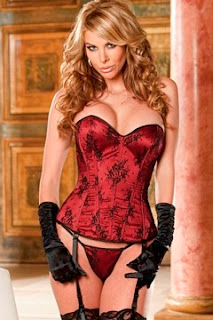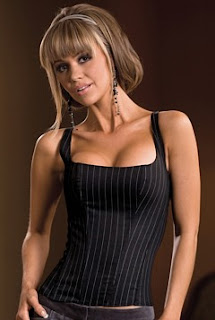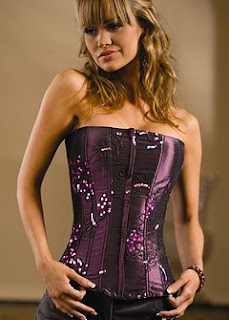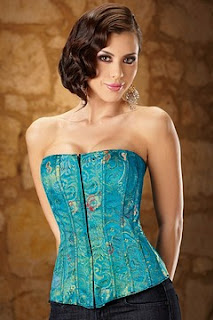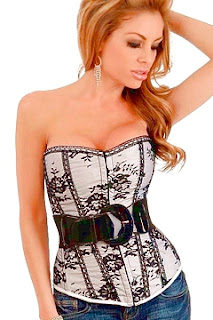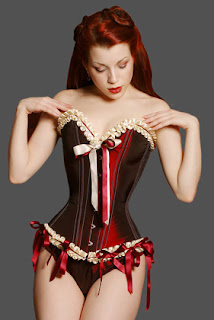“So wearing a corset certainly changes your state of mind.” -Radha Mitchell
In The Corset Guide: Part I, we learned a little bit of the history of corsets, why women wear them today, the dissection of a corset, and the different styles available today. In The Corset Guide: Part II, we learned how to choose the right corset for you, how to be measured, and advice for plus size corsetry. In The Corset Guide: Part III, we learned the art of tight lacing, how to breathe, drink and eat in a corset, and ways to accessorize your corsetry look. Today, I thought I would go over some of the corsets I have and some of the ones I’m looking at acquiring in the future, as well as my recommendation for a great custom corset builder.
It can be very difficult to find someone who has the education, artistry and technical skills to make a corset designed specifically for your body. No two women are built alike and standard sizes don’t often work exactly as the body needs them to work. I began looking for a corset for Civil War reenacting several years ago but soon realized that seamstresses in that art weren’t quite sure how to work with my disability. Kay Gnagey was the only corset maker to respond to my inquiry favorably and found my disability no big obstacle because it’s all about proper measurement no matter what type of body is involved. I didn’t end up getting a custom corset because of financial trouble but a couple of years ago, my friend got one from Kay. It was beautifully made and fit her like a glove. While Kay specializes in 19th century corset styles made from patterns dated between 1800 and 1910, I don’t see any reason why they couldn’t be decorated to look modern. Fit, after all, is the most important thing and Kay builds her corsets based from measurements in centimeters rather than inches, which is more accurate. Communication with any corset maker you choose is very important. Don’t be afraid to tell the corset maker what you need!
Originals by Kay website: http://www.originals-by-kay.com
 |
| An 1857 Parisian corset by Kay Gnagey |
I used to have many more corsets than I do now. As I learned about what works for me through years of trial and error, I found that I had to get rid of the ones that didn’t work. I’m in the process of restarting my collection now that I’m better versed in the corset culture. Here are some of the ones I held onto, including a party dress that hugs me with the stiffness of a corset.
Now that I know what works for me, I’m looking at several to acquire in the next few years. I’m really picky about it though, so it takes me a long time to decide on one. For example, if I’m paying $250 or more for a corset, it better not have a zipper closure. I see that a lot. My appreciation for corsets is based in the little details and craftsmanship for the most part, although I’m not going to be that anal about a $25 fashion corset. You really get what you pay for, so if you’re looking for quality materials and construction, you better be willing to pay for that quality. It takes a long time to make a good corset and it’s not an easy process. That’s why they cost so much when they are custom made or constructed using better materials. Again, you have to understand the differences in fabric, shape, boning, etc., in order to make an informed decision through your selection process. Hopefully you’ve been reading my other corset blogs and you’re well on your way to making the right choices for you! Here are some corsets I’ve been looking at, ranging from $25 fashion corsets to $250+ custom made corsets.
Read More












